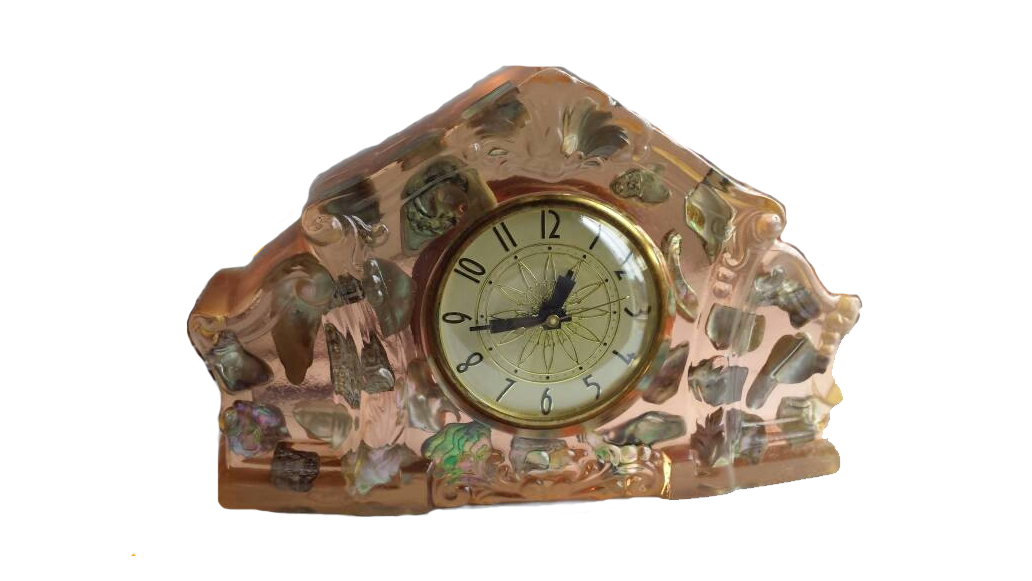Resin is a solid or highly viscous substance of plant or synthetic origin that can usually be converted into polymers. They are usually made of organic compounds, and resin that is naturally-sourced comes from plants.
Plants secrete resin in response to an injury, and the resin protects plants from insects and pathogens. Plant resins are used to produce adhesives, varnishes, food glazing agents, and the ones with essential oils are used in incense and perfume.
Nowadays most resin is made synthetically, and these are the ones used in home crafts.
Epoxy Resins
These are one of the most widely-used and versatile types of resin. Epoxy resin is relatively inexpensive, easy to find, long-lasting, and easy to customize. Epoxy resins also dry relatively quickly and have strong adhesive capabilities.
Epoxy resin is commonly used in coatings, adhesives, composite materials, crafts, and in the construction of bicycles, vehicles, snowboards, and aircrafts.
Polyester Resins
Polyester resin is similar to epoxy resin, and it has a structure that is known for being strong, water resistant, and heat resistant.
Polyester resin is very affordable, however they have a pungent smell and a complicated mixing process. They are commonly used in constructing models, building boats, swimming pools, and ponds, jewelry, construction, laminate, auto-repair of fillers, skis, fishing rods, plane and ship components, coatings, decorative accessories, and bottles.
Polyurethane Resins
Polyurethane resins are similar to polyester resin since they are also used to cast molds. Polyurethane resins are very versatile and can be used to make a variety of products. They are very durable and easily manipulated, and yet they can become extremely hard when heated. They are used in insulation, elastomers, adhesives, foam liners for clothing, jewelry, appliances, and in the automotive industry.
Silicone Resins
Silicone resins have good thermal stability and are flexible and water repellant. They have great heat resistance and strong adhesive properties. They are used for rubber, laminates, adhesives, flooring, linings, propellers, surface coatings. jewelry
Polyethylene Resins
This type of resin is the most common, with over 100 million tons produced annually. Polyethylene resin is highly flexible and resistant to steam, moisture, scratches, and many chemicals. They are most well known for being used in the plastic packaging industry. They are used for bags, tubing, sheeting, stretch and shrink films, containers, cable insulation, coatings, toys, molds, linings, pipes, and tubes.
Acrylic Resins
They are used for structural and decorative panels, adhesives, elastomers, coatings, signs, and translucent tiles.
These are only some of the most popular types of resin, and information about other types can be found here.
What type of resin is used for home crafts, like Vomit Clocks?
Resin is used in many home crafts such as jewelry-making, coasters, trays, paperweights, bookends, knobs, buttons, ornaments, and more.
Polyester resin is the right choice for experienced crafters who are knowledgeable about resin casting. It is highly toxic and should be used in a well-ventilated area with protective masks to avoid inhalation. It is cheaper to buy and is usually found in larger quantities, so it is great for bigger projects with larger depths of molds.
Epoxy resin is more often used for crafts because they are easy to use with lower toxicity. It is perfect for jewelry since it cures quickly for shallow setting depths. They come in two parts: resin and hardener, and they must be mixed at the precise ratio to solidify and cure correctly. It is more expensive than polyester resin, but it is a good fit for smaller projects.
What type of resin is used in Vomit Clocks?
Epoxy and acrylic resin are most commonly used in vomit art.

